As the holiday season descends upon us each year, a myriad of cherished traditions emerges, but few resonate as deeply as the enchanting tale of “The Nutcracker.” This timeless ballet, set to the captivating melodies of Pyotr Tchaikovsky, has transformed into a global cultural cornerstone, celebrated in theaters and homes alike. With its origins rooted in 19th-century Russia, The Nutcracker has transcended its initial reception to become an emblem of nostalgia, fantasy, and the magic of childhood. As audiences gather to witness this extraordinary performance, they are transported through a whimsical narrative filled with characters that evoke both joy and reflection. In this article, we will delve into the intricate layers of The Nutcracker, exploring its historical significance, thematic depth, and influence across cultures.
The Origins of The Nutcracker
In understanding The Nutcracker, it is essential to explore its beginnings—a ballet that blossomed from humble roots to emerge as a holiday tradition celebrated worldwide. First performed at the Mariinsky Theatre in St. Petersburg on December 18, 1892, the ballet initially received mixed reviews. However, over time, its enchanting story and Tchaikovsky’s evocative score won over audiences, making it a staple of holiday celebrations.
The Storyline and Characters
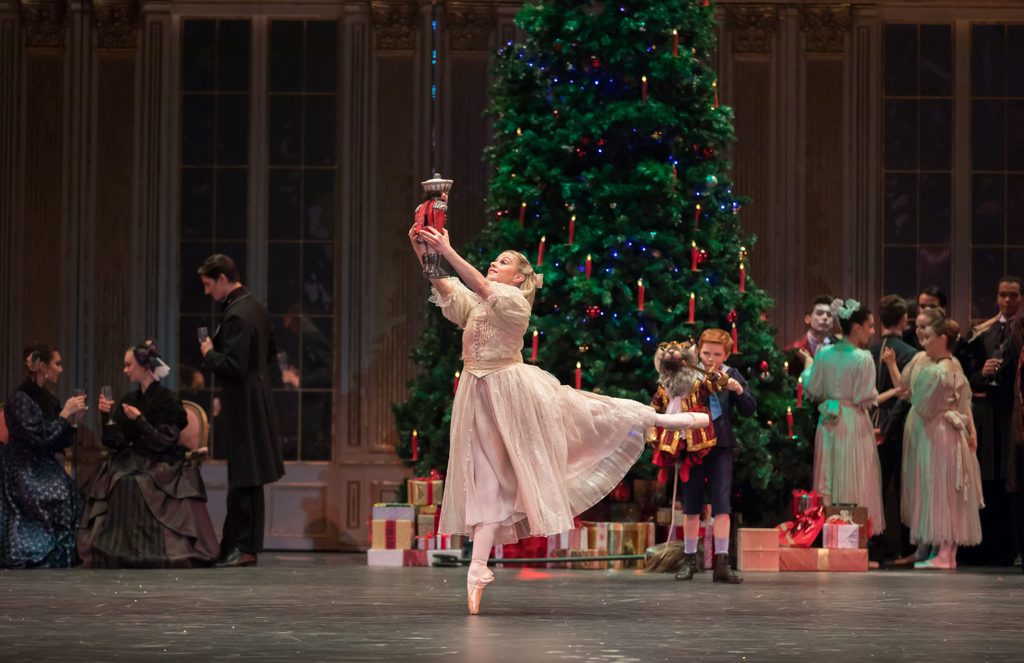
At the heart of The Nutcracker lies a captivating storyline that intertwines reality with fantasy. Clara, a curious and imaginative young girl, receives a nutcracker doll as a Christmas gift, marking the beginning of her extraordinary journey.
From her home—filled with warmth and the scent of pine—she is whisked away to a dreamlike realm where she encounters an array of remarkable characters. The Nutcracker transforms into a valiant prince and, with Clara’s help, defeats the Mouse King before leading her on a journey to the Land of Sweets, where they are welcomed by the Sugar Plum Fairy. Each character represents different aspects of childhood wonder, innocence, and the struggle between good and evil.
This rich tapestry of characters enriches the narrative, inviting audiences to reflect on their own experiences of innocence and imagination. Clara’s adventure symbolizes the universal quest for identity and self-discovery, making it relatable to people of all ages.
The Evolution of The Nutcracker
Over the decades, The Nutcracker has undergone numerous adaptations and interpretations, each adding its own cultural nuances while preserving the core elements of the original story.
Vasily Vainonen’s Version (Mariinsky Ballet): Russian choreographer Vasily Vainonen revitalized The Nutcracker in 1934, making it grander and more emotionally expressive than the original. Vainonen enhanced the dramatic cohesion of the ballet, giving Clara a more active role in the story. His version also emphasizes ensemble dancing, featuring large-scale group scenes that reflect the dynamic and energetic spirit of Russian ballet. To this day, the Mariinsky Ballet retains many elements from this production in their performances.
George Balanchine’s Version (New York City Ballet): In contrast to Vainonen, Balanchine—one of the most influential choreographers of the 20th century—focused on the refinement of pure dance rather than storytelling. Premiering in 1954, his version streamlined much of Petipa’s pantomime sequences to highlight the technical prowess of dancers and the ethereal beauty of the choreography. One of its most distinctive features is the Dewdrop role, an entirely new creation by Balanchine that adds a sense of grace and airiness to the Waltz of the Flowers.
Thematic Exploration: Nostalgia and Childhood Wonder
Nostalgia and childhood wonder are at the heart of The Nutcracker, making it a timeless holiday tradition. As audiences follow Clara’s journey, they are transported back to their own childhoods, reliving moments of innocence, imagination, and discovery. The ballet’s enchanting world invites viewers to reconnect with their inner child, embracing the magic and warmth of the season.
Reflections on Family Bonds
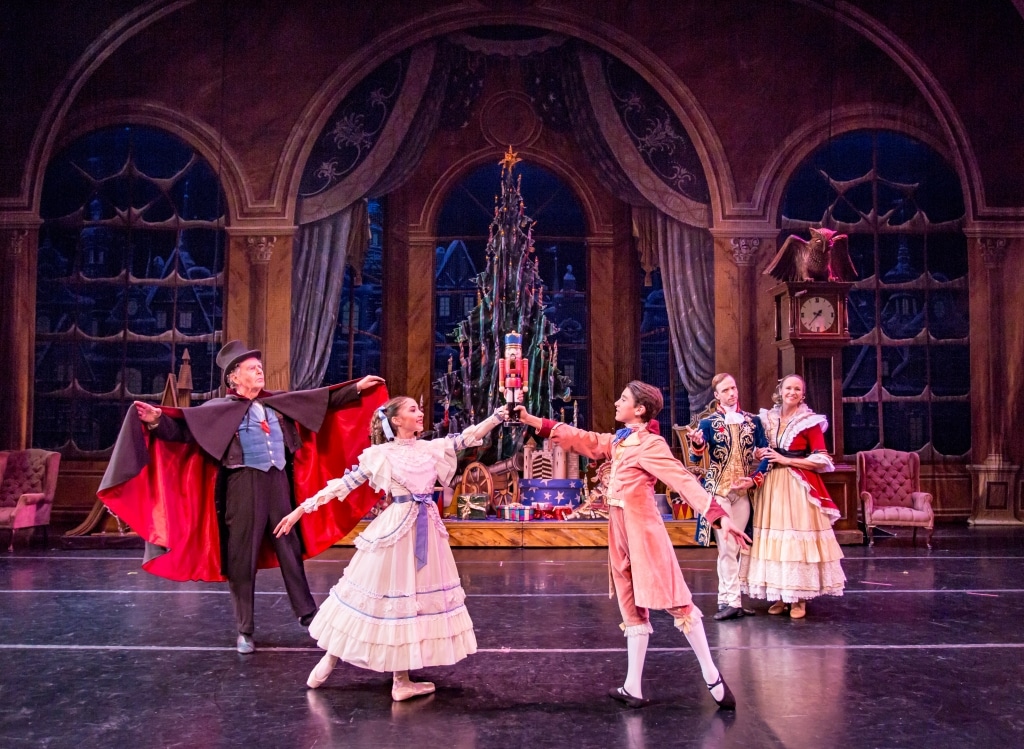
The holiday season is often characterized by gatherings of family and friends, making The Nutcracker an even more poignant celebration of these connections. Clara’s family’s Christmas celebration serves as a backdrop for the unfolding story, emphasizing the warmth and love that envelops her world.
The nutcracker doll gifted to Clara symbolizes the passing down of traditions and the emotional ties that bind families together. Watching her journey, audiences are reminded of their own childhood experiences and the bonds that have shaped their lives, fostering gratitude for the people who have nurtured them.
Furthermore, The Nutcracker serves as an invitation to embrace the moments that define our formative years. Revisiting the ballet allows viewers to cherish the magical memories that shape their identities, reinforcing the notion that the spirit of childhood remains alive within us, even as we grow older.
The Role of Imagination
Imagination plays a central role in The Nutcracker, inviting audiences to explore the boundaries between reality and fantasy. Clara’s journey begins with her vibrant imagination—a trait that allows her to transcend the limits of her everyday life. The vivid landscapes and whimsical characters—such as the Sugar Plum Fairy, the Mouse King, and the Nutcracker Prince—enhance the ballet’s sense of enchantment. Moreover, the expressive dance sequences further reflect the fluidity of imagination.
Through dance and storytelling, The Nutcracker fosters creative exploration, encouraging viewers to embrace their imaginations. This theme resonates profoundly during the holiday season, a time often associated with magic, wonder, and possibilities. It serves as a reminder that even amidst the demands of adulthood, the capacity to dream and create should never be lost.
Global Influence and Adaptations
:max_bytes(150000):strip_icc()/5208219087_d5a1244085_o-58e0805d5f9b58ef7e82ef25.jpg)
The Nutcracker’s international success speaks volumes about its adaptability to various cultural contexts and its ability to foster connections across diverse communities. As productions of The Nutcracker spread around the globe, artists and companies have embraced the opportunity to infuse local flavor into the classic narrative, demonstrating how the ballet can transcend geographic boundaries while maintaining its core essence.
Different regions often incorporate local customs, folklore, and traditions into their productions, enhancing the overall experience for audiences. These adaptations create a sense of familiarity, allowing attendees to engage with the story on a deeper level while celebrating the distinctiveness of their communities.
Additionally, contemporary interpretations of The Nutcracker invite experimentation in choreography and storytelling methods. Choreographers and directors often infuse elements of modern dance, multimedia, and technology into their productions, breathing new life into the ballet and appealing to younger and more diverse audiences. In some modern productions, choreographers have explored contemporary themes such as gender roles, identity, and community dynamics. Certain interpretations highlight the strength and agency of female characters, reimagining Clara as a more active heroine who navigates her challenges with courage.
As the landscape of artistic expression continues to evolve, The Nutcracker remains a testament to the enduring power of storytelling through dance. It offers audiences the opportunity to reflect on the richness of human experience while embracing the potential for growth and transformation.
The Future of The Nutcracker

As we look toward the future of The Nutcracker, it becomes clear that this beloved ballet is poised for continued reinvention and transformation. Advancements in technology and digital media open up exciting possibilities for engagement, reshaping how audiences experience the ballet.
Virtual reality and live-streamed performances have the potential to enhance viewer engagement, allowing remote audiences to connect with the magic of The Nutcracker from the comfort of their homes. By bridging the gap between traditional theater and modern accessibility, technology can expand the ballet’s reach, drawing in new generations of fans eager to partake in this timeless narrative.
Moreover, as artists continue to innovate and explore new forms of storytelling, The Nutcracker stands ready to evolve while remaining anchored in its core themes of joy, hope, and the wonder of childhood. Choreographers, composers, and designers will likely experiment with innovative techniques that challenge conventional storytelling methods. By integrating multimedia elements, such as animated projections and interactive soundscapes, ballet companies can create multisensory experiences that captivate and engage audiences on multiple levels. These innovations will help maintain The Nutcracker’s relevance in an ever-evolving artistic landscape while honoring its rich history.
Additionally, the future of The Nutcracker may see an increased focus on collaborative projects, bringing together artists from diverse disciplines to reinterpret the ballet. This cross-pollination of ideas can lead to groundbreaking productions that challenge perceptions and ignite new conversations surrounding the nature of art and storytelling.
Conclusion
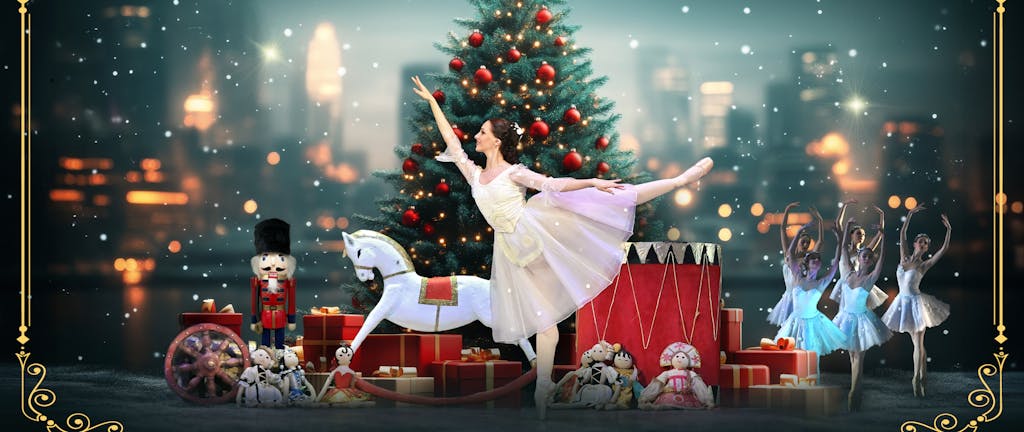
The Nutcracker endures as a compelling tapestry woven from threads of artistry, emotion, and culture. Its unforgettable melodies, enchanting characters, and timeless themes resonate with audiences of all ages, reminding us of the enduring power of storytelling through dance. As the holiday season approaches, The Nutcracker continues to evoke feelings of nostalgia and childhood wonder, inviting us to reconnect with the magic that defines our experiences.
With the ballet’s evolution across cultures and the integration of modern themes, The Nutcracker remains a living testament to the capacity for reinvention while staying true to its roots. As we look toward the future, the possibilities for this beloved classic are limitless, ensuring that its spirit will continue to shine brightly for generations to come.
In celebrating The Nutcracker, we recognize not just a classic performance but a multifaceted cultural phenomenon that unites us through shared experiences, emotions, and dreams. No matter the changes that may come, the essence of The Nutcracker—its message of joy, hope, and the wonder of childhood—will forever remain a cherished part of our holiday traditions.
✉️ Stay Connected — Subscribe for Weekly Updates
Discover timeless stories, practical wisdom, and beautiful culture — delivered straight to your inbox.
*We only share valuable insights — no spam, ever.

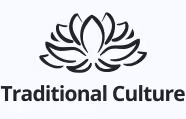
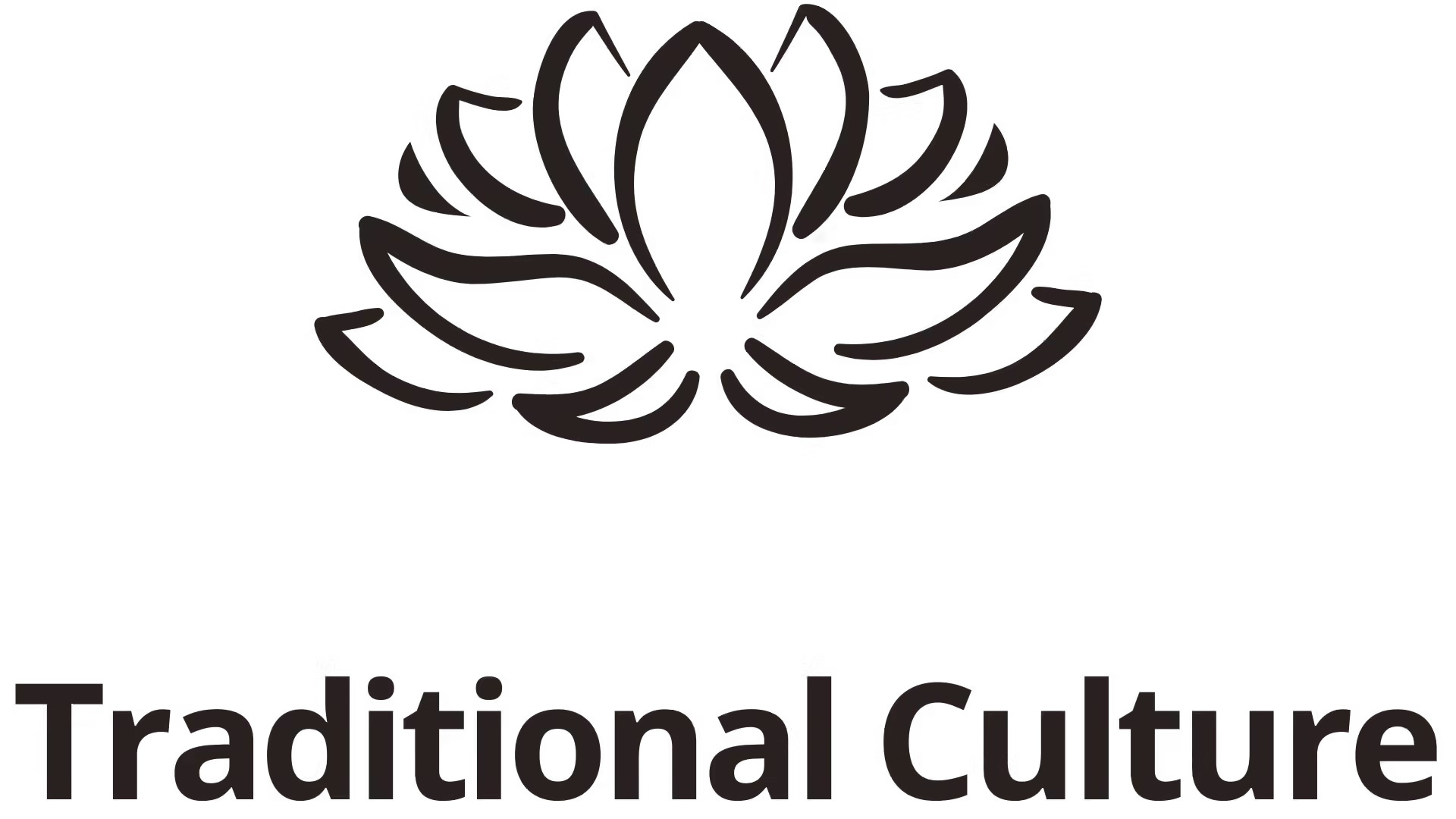


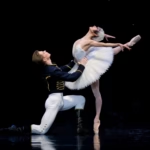
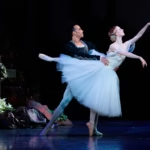
Moises Loso
Tháng 9 5, 2024You have brought up a very great details, regards for the post.
Baseball Live Streams
Tháng 9 5, 2024I believe this web site has very great written subject material articles.
Prostadine
Tháng 9 5, 2024With havin so much content and articles do you ever run into any problems of plagorism or copyright infringement? My blog has a lot of unique content I’ve either written myself or outsourced but it appears a lot of it is popping it up all over the web without my agreement. Do you know any methods to help protect against content from being ripped off? I’d truly appreciate it.
togel toto macau
Tháng 9 5, 2024I love your blog.. very nice colors & theme. Did you create this website yourself? Plz reply back as I’m looking to create my own blog and would like to know wheere u got this from. thanks
Construction services Malta
Tháng 9 5, 2024very good submit, i definitely love this website, carry on it